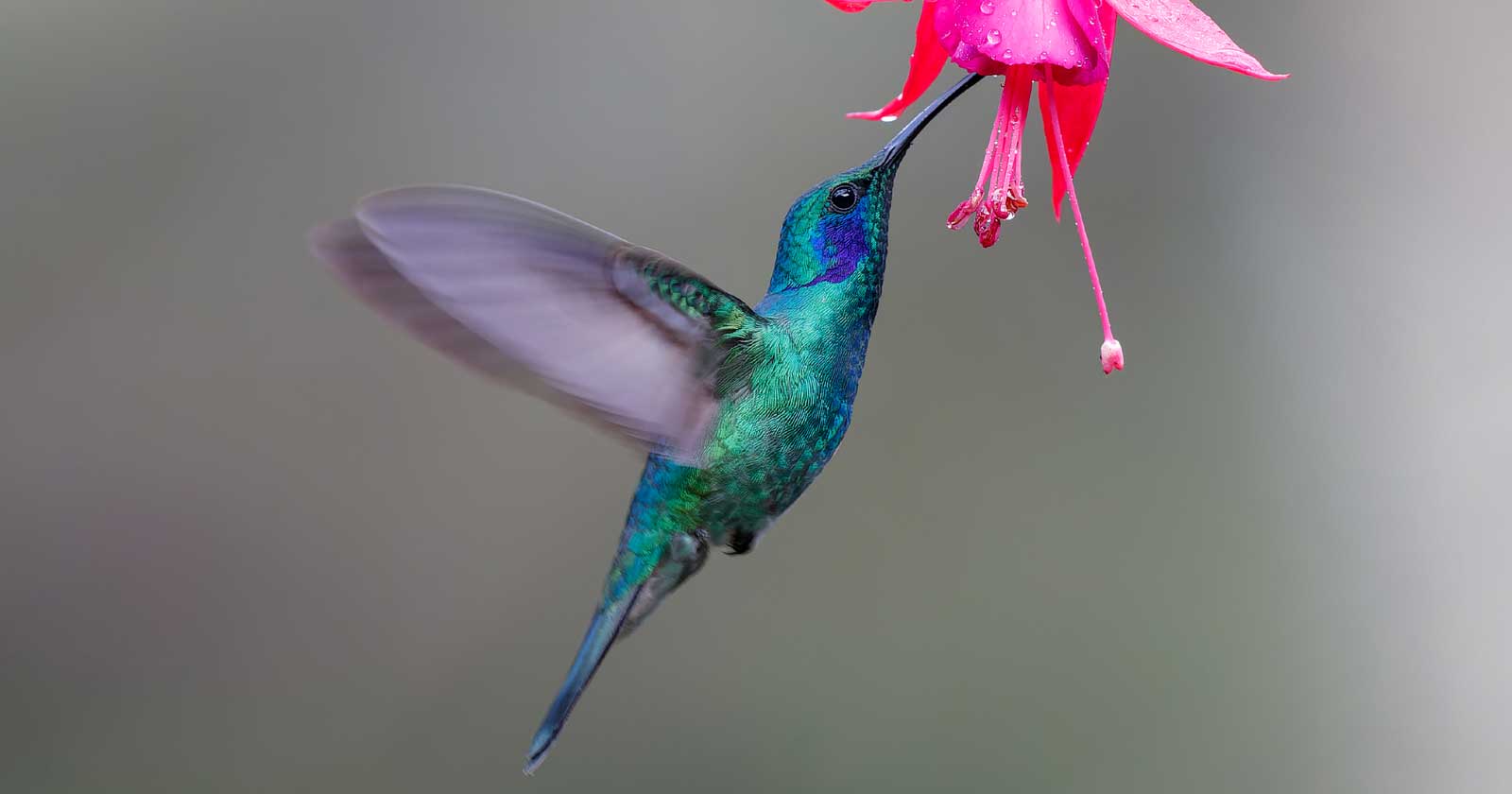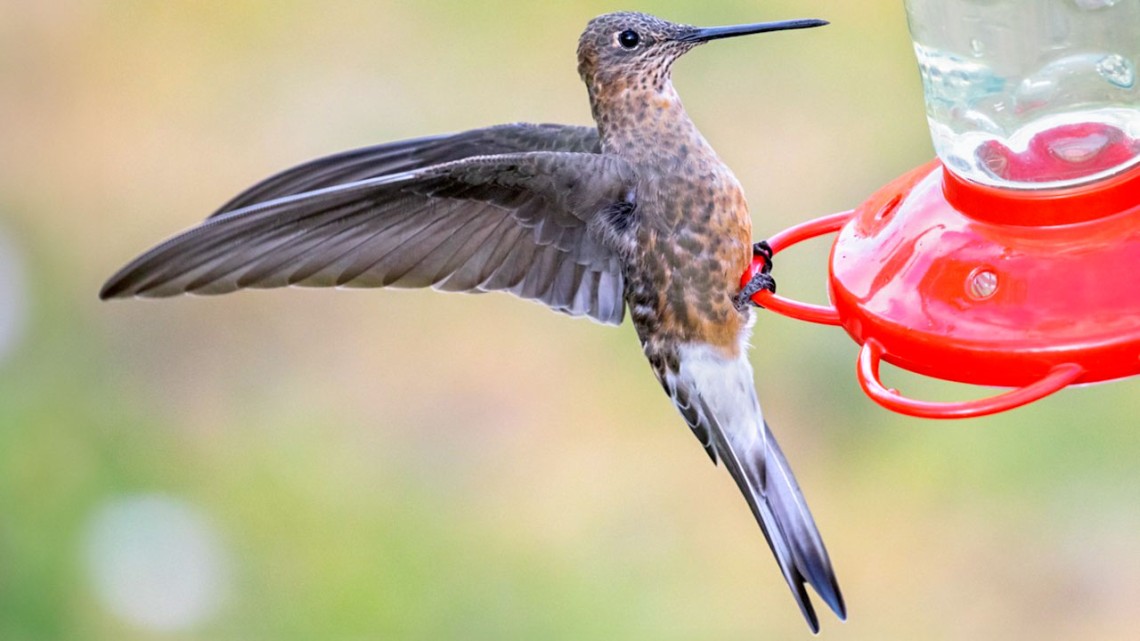If you’re looking to create a haven for hummingbirds in your yard, there are five essential tips to keep in mind. First, you’ll want to plant a variety of nectar-rich flowers that will attract these tiny, vibrant birds. Consider planting native plants such as bee balm, salvia, and trumpet vine, as these are favorites of hummingbirds. Additionally, providing a water source such as a birdbath or fountain will not only give hummingbirds a place to drink and bathe, but also attract insects for them to feed on.
Another important tip is to hang hummingbird feeders filled with a sugar-water solution. Be sure to clean and refill the feeders regularly to keep the birds healthy and coming back for more. In order to provide shelter and nesting sites for hummingbirds, consider planting shrubs and trees with dense foliage or adding small birdhouses to your yard. Finally, minimizing pesticide use and creating a safe environment for hummingbirds to thrive is crucial. By following these essential tips, you can transform your yard into a hummingbird haven and enjoy the beauty and wonder of these incredible creatures right in your own backyard.

Creating a Hummingbird-Friendly Environment
Creating a hummingbird-friendly environment involves providing the necessary elements for these tiny creatures to thrive. One key component is planting a variety of nectar-rich flowers that bloom throughout the year, such as bee balm, salvia, and penstemon. Hummingbirds rely on these flowers for their main source of food, so having a continuous supply is essential.
Additionally, incorporating native plants into the landscape can attract more hummingbirds, as they are naturally drawn to familiar food sources. It is also important to provide fresh water for hummingbirds to drink and bathe in, as they need to stay hydrated and clean to maintain their delicate feathers. Hanging feeders filled with a homemade nectar solution of four parts water to one part sugar can also supplement their diet, especially during times when natural food sources may be scarce.
To further enhance the hummingbird-friendly environment, avoiding the use of pesticides and herbicides is crucial, as these chemicals can harm not only the hummingbirds but also the insects they rely on for protein. By taking these steps to create a welcoming habitat for hummingbirds, homeowners can enjoy the beauty of these fascinating birds while also supporting their survival in an increasingly challenging world.
Choosing the Right Plants: Nectars and Colors Hummingbirds Love
When it comes to attracting hummingbirds to your garden, choosing the right plants is essential. Hummingbirds are attracted to nectar-producing flowers in a variety of colors, so selecting the right plants can make a big difference in attracting these beautiful creatures. Some of the best nectar-producing plants for hummingbirds include bee balm, trumpet vine, and salvia. These plants provide a rich source of nectar that hummingbirds love to feed on.
In addition to nectar, hummingbirds are also attracted to bright, vibrant colors. Red, orange, and pink flowers are particularly appealing to hummingbirds, as these colors are easily visible to them. Some popular flower choices in these colors include fuchsia, hibiscus, and geraniums. By planting a variety of nectar-producing flowers in vibrant colors, you can create a garden that is sure to attract hummingbirds and provide them with a rich source of food.
So, when selecting plants for your garden, be sure to consider both the nectar production and color of the flowers to create a welcoming environment for these delightful creatures. With the right plants, you can enjoy the beauty of hummingbirds in your garden all season long.

Designing a Bird-Friendly Landscape: Tips for Layout and Planting
Creating a bird-friendly landscape involves thoughtful design and strategic planting to attract and support a variety of bird species. To start, consider the layout of your outdoor space. Providing a diverse range of habitats, such as open grassy areas, dense shrubs, and tall trees, will attract different types of birds. Arranging plants in layers, from groundcover to canopy, will offer birds places to forage, nest, and seek shelter. In addition, incorporating features like birdbaths, feeders, and birdhouses will further enhance the appeal of your landscape to our feathered friends.
When selecting plants for your bird-friendly landscape, opt for native species whenever possible. Native plants are well adapted to the local climate and soil conditions, making them more likely to thrive and provide food and shelter for birds. Choose a variety of plants that bloom at different times of the year to ensure a steady supply of nectar and seeds for birds. Consider including fruit-bearing plants like berries and nuts to attract species that feed on these types of food. Avoid using pesticides and herbicides in your garden, as these chemicals can harm birds and other wildlife.
Incorporating water features into your landscape design can also attract a wide range of bird species. Birdbaths, ponds, and streams provide birds with a source of water for drinking and bathing, as well as opportunities for finding insects and other food sources. Place water features in open areas where birds can easily spot potential predators while they are bathing or drinking. Adding rocks, logs, and other natural elements around water features will create additional perching and hiding spots for birds.
Overall, designing a bird-friendly landscape requires careful planning and consideration of the needs of local bird species. By creating a diverse and welcoming environment for birds, you can enjoy the beauty and benefits of these creatures in your own backyard.
Selecting the Best Hummingbird Feeders: Features and Placement
When it comes to selecting the best hummingbird feeders, there are a few key features to consider. First and foremost, you’ll want to choose a feeder that is easy to clean and refill. Hummingbirds are attracted to fresh nectar, so it’s important to regularly clean and replace the nectar in your feeder to keep them coming back. Look for feeders that are easy to disassemble and clean, with wide openings for easy refilling.
Additionally, it’s important to choose a feeder with bee guards or ant moats to prevent unwanted pests from accessing the nectar. Another important feature to consider is the size and shape of the feeder. Hummingbirds are attracted to brightly colored feeders with perches for them to rest while feeding. Opt for a feeder with multiple feeding ports to accommodate multiple birds at once.
Placement of your hummingbird feeder is also crucial for attracting these beautiful creatures to your yard. Hang your feeder in a shaded area to prevent the nectar from spoiling in the sun.
Hummingbirds prefer to feed in quiet, peaceful areas, so avoid hanging your feeder near noisy appliances or high-traffic areas. Additionally, place your feeder near flowers or plants that hummingbirds are attracted to, such as trumpet vines or bee balm. This will provide additional food sources for the hummingbirds and make your yard even more attractive to them.
Finally, make sure to regularly clean and refill your feeder to keep the nectar fresh and appealing to the hummingbirds. With the right features and proper placement, you can attract these fascinating creatures to your yard and enjoy their beauty up close.
Adding Water Features: How to Attract and Retain Hummingbirds
Adding water features to your yard is a great way to attract and retain hummingbirds. These small, colorful birds are attracted to the sound and sight of moving water, making a fountain or small waterfall a perfect addition to your garden. You can also consider installing a birdbath or shallow pool for them to drink from and bathe in. Additionally, adding a misting system or drip irrigation can provide a constant source of water for hummingbirds to enjoy. By providing these water features, you can create a welcoming environment for these beautiful creatures, encouraging them to visit your yard regularly.
In order to keep hummingbirds coming back to your yard, it’s important to maintain your water features regularly. Clean the birdbath or pool regularly to prevent the growth of algae and bacteria, which can be harmful to hummingbirds. Keep the water fresh and change it frequently, especially during hot weather when it can evaporate quickly. Adding a few drops of food coloring to the water can also help attract hummingbirds, as they are drawn to bright colors. Additionally, consider planting native flowers and shrubs that produce nectar, such as trumpet vine or bee balm, to provide a natural food source for hummingbirds.
In conclusion, adding water features to your yard is a simple and effective way to attract and retain hummingbirds. By providing a source of fresh water and maintaining it regularly, you can create a welcoming environment for these beautiful birds to enjoy. With the addition of native plants that produce nectar, you can create a thriving ecosystem that will not only attract hummingbirds, but also other beneficial pollinators. So go ahead and add some water features to your yard today and watch as the hummingbirds flock to your garden!

